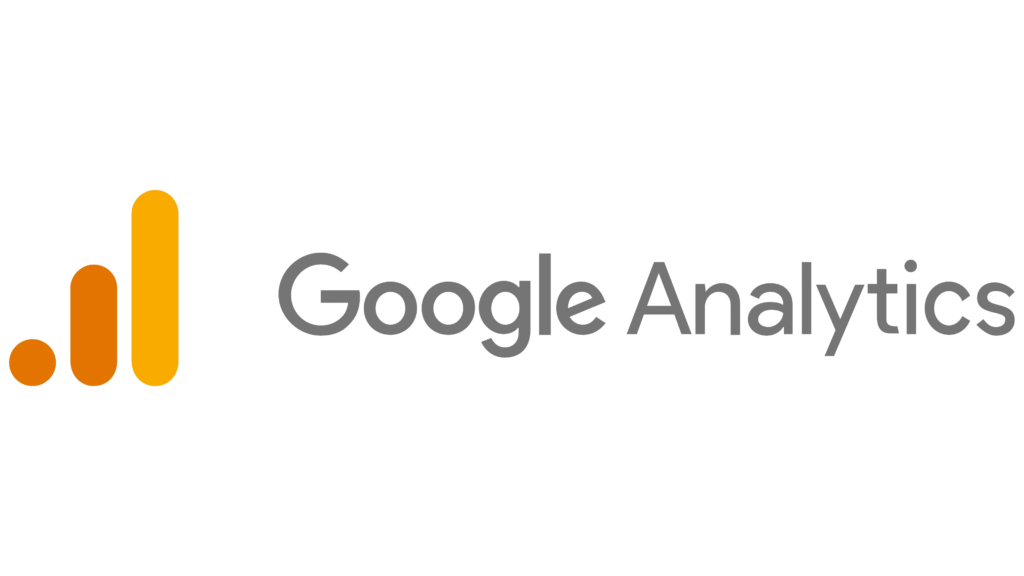
Google Analytics 4 (GA4) is replacing Universal Analytics (UA). UA will be discontinued in July 2023. Google introduced GA4 in 2020 as the next generation of Google Analytics, which brings a new way to measure user interactions across websites and apps. It’s designed to provide better insights into user behavior and offer more advanced features compared to the current system, Universal Analytics.
Migrating to Google Analytics 4 is a crucial step for businesses to stay ahead in the ever-evolving digital landscape. At Get Lagos Now, our team of experts are dedicated to ensuring a seamless and successful transition to GA4, enabling you to harness its advanced features and unlock valuable insights to drive growth. We invite you to leverage our expertise and experience, so you can focus on what you do best – running your business. Please reach out to us, and together, let’s make the most of Google Analytics 4 for your organization.

Some key features and benefits of GA4 include:
- Event-based tracking: GA4 focuses on event-based data collection, making it easier to track user interactions such as clicks, page views, video views, and more.
- Enhanced cross-platform tracking: GA4 can track user behavior across multiple devices and platforms, allowing businesses to better understand the complete user journey.
- Improved integration with Google Ads: GA4 provides better integration with Google Ads, enabling businesses to target audiences more effectively and optimize their ad campaigns.
- Advanced analysis tools: GA4 offers advanced analysis capabilities, such as path analysis, funnel analysis, and cohort analysis, to help businesses better understand user behavior and make data-driven decisions.
- AI-driven insights: Google Analytics 4 leverages machine learning to provide businesses with insights and recommendations based on their data.
- Improved data controls: GA4 allows businesses to have more control over their data, including granular data retention settings and user-level data deletion.
- Privacy-focused: GA4 is built with privacy in mind, ensuring compliance with regulations such as GDPR and CCPA, and offering features like consent mode and IP anonymization.
Google is encouraging businesses to switch to GA4 before July 2023. It’s essential to become familiar with the new platform and its features to make the most of your analytics data.
Here’s a step-by-step guide for businesses looking to switch from Universal Analytics to Google Analytics 4. If you need assistance, please contact our team of experts at Get Lagos Now.
- Create a GA4 property: Log in to your Google Analytics account and create a new GA4 property alongside your existing UA property. This allows you to collect data in both platforms during the transition.
- Implement GA4 tracking code: Update the tracking code on your website or app to include both UA and GA4 tracking. You can use Google Tag Manager or manually add the GA4 tracking code to your site.
- Configure data streams: Set up data streams in GA4 to collect data from your website, app, or both. Provide the relevant details, such as your website URL or app package name.
- Set up Enhanced Measurement: Enable Enhanced Measurement in GA4 to automatically track common user interactions like page views, scrolls, and video engagement.
- Configure custom dimensions and metrics: If you use custom dimensions and metrics in UA, recreate them in GA4 as custom parameters to ensure consistent data tracking.
- Review and update event tracking: Evaluate your current event tracking setup in UA and reconfigure it in GA4. Use GA4’s event-based tracking system and consider setting up recommended events for your industry.
- Set up conversions: Identify key user interactions that align with your business goals and mark them as conversions in GA4.
- Link GA4 with Google Ads: Connect your GA4 property to your Google Ads account to enable seamless tracking and optimization of your ad campaigns.
- Adjust data retention settings: Review and update your data retention settings in GA4 to comply with your business’s data storage requirements and privacy policies.
- Test and validate data: Monitor and compare data in both UA and GA4 to ensure accurate tracking and identify any discrepancies. Make any necessary adjustments to your tracking setup.
- Train your team: Familiarize your team with GA4’s features, interface, and analysis tools. This can include attending webinars, workshops, or using Google’s educational resources.
- Transition to GA4 reporting: Once you’re confident in your GA4 setup and have collected enough data, gradually transition your team to using GA4 for reporting and analysis.
- Retire your UA property: After fully transitioning to GA4, you can choose to sunset your UA property. However, keep in mind that historical data from UA won’t be migrated to GA4, so you may want to retain access to UA for historical data analysis.

Author: Scott Smith

